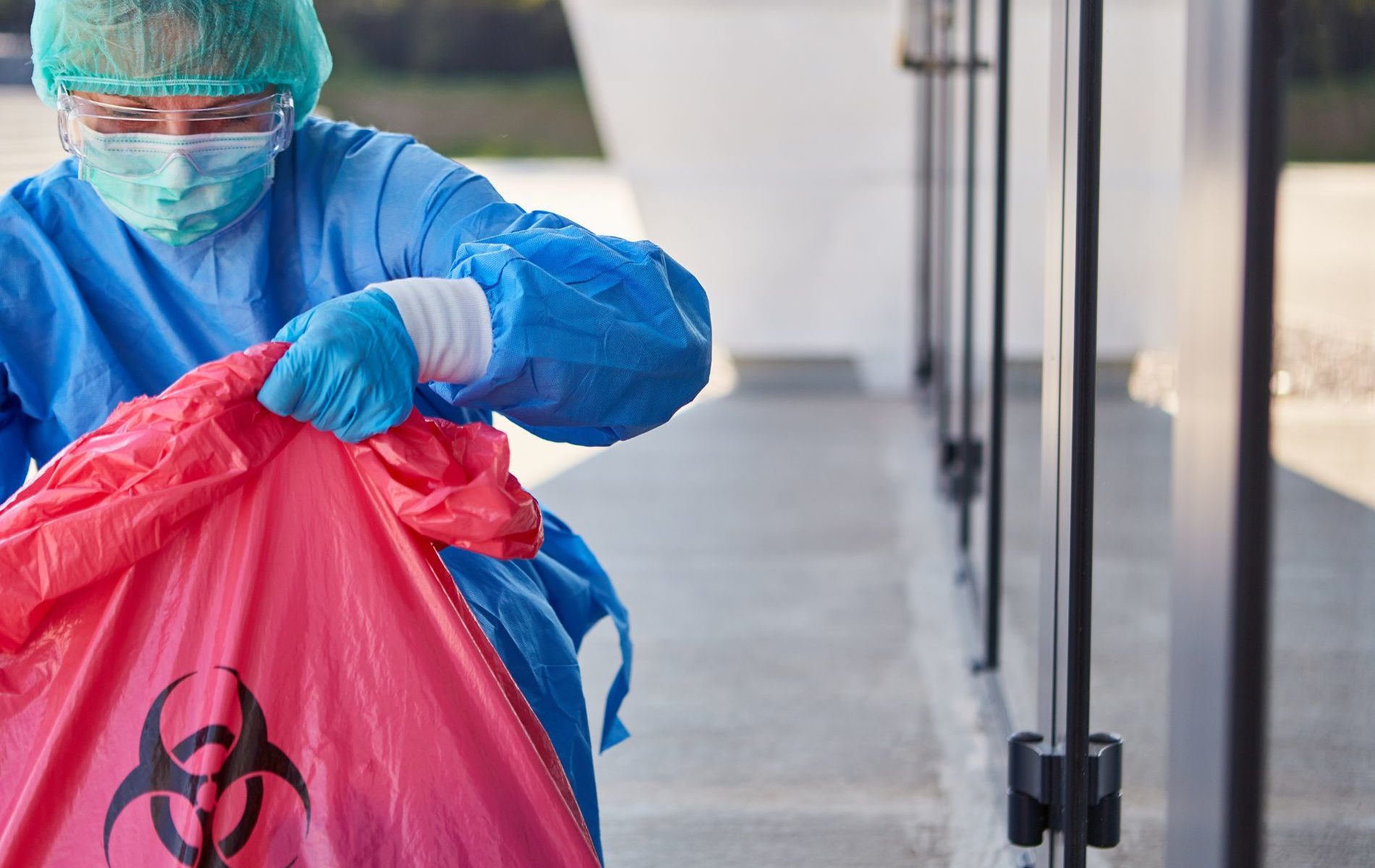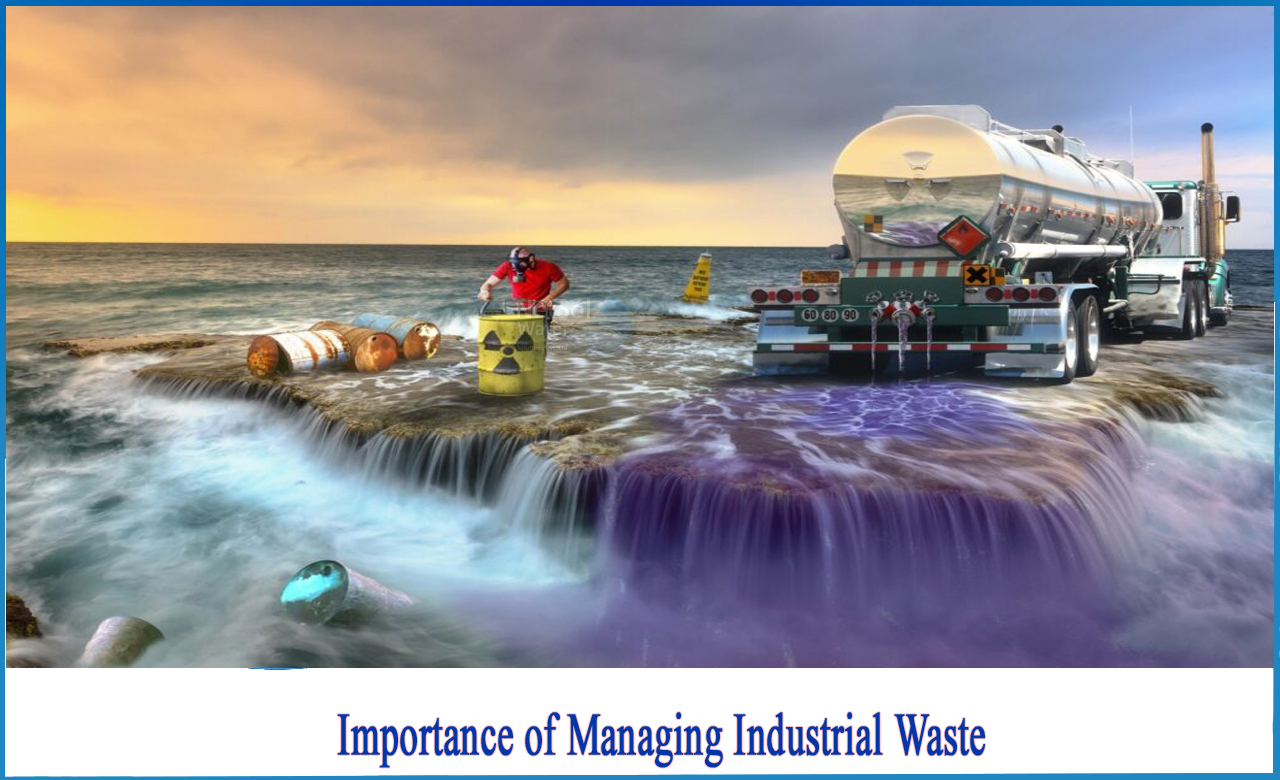The Buzz on Reclaim Waste
Wiki Article
The 6-Minute Rule for Reclaim Waste
Table of ContentsA Biased View of Reclaim WasteTop Guidelines Of Reclaim WasteSome Ideas on Reclaim Waste You Should KnowEverything about Reclaim WasteThe Basic Principles Of Reclaim Waste
Check out the types, events, and kinds of liquid waste. Residential sewer waste refers to the waste and products from a residential septic system. This type of waste is produced by people in homes, schools, and various other buildings. This only consists of septic systems that have a drainpipe field. The correct administration and disposal of domestic sewer waste need liquid waste to be transferred to a sewage treatment plant where the correct techniques and tools are put on purify and deal with waste.
Industrial waste often includes possible risks, such as combustible materials or a blend of fluid and solid waste products, and needs an advanced and thorough disposal process. The disposal of industrial waste commonly involves the filtering of waste prior to transport to ensure risk-free and appropriate disposal. Hazardous waste is created from by-products and overflow of industrial processes and manufacturing.
This kind of waste can not use the exact same sewage administration transportation or procedures as septic or business liquids. The industrial waste administration procedure calls for the inspection and testing of liquid waste before it goes through the disposal process (liquid waste disposal). Drainage waste is the fluid waste that originates from drainage and excess stormwater in very populated locations or cities
Overflow waste can trigger contamination and flooding if not dealt with properly. Ensuring correct waste administration can avoid disasters and lower ecological harm.
More About Reclaim Waste
Contact PROS Providers today to learn about our waste management and disposal services and the appropriate ways to take care of the fluid waste you create.(https://reclaimwaste1.blog.ss-blog.jp/2024-11-12?1731425991)This supposed 'wastewater' is not just a crucial resource however, after therapy, will be launched to our land, waterways or the sea. Used water from commodes, showers, baths, kitchen area sinks, laundries and industrial procedures is known as wastewater.

water utilized to cool equipment or tidy plant and equipment). Stormwater, a kind of wastewater, is runoff that moves from agricultural and metropolitan locations such as roofing systems, parks, yards, roads, paths and seamless gutters into stormwater drains pipes, after rainfall. Stormwater flows without treatment directly to regional creeks or rivers, at some point reaching the ocean.
A Biased View of Reclaim Waste
In Queensland, a lot of wastewater is dealt with at sewage treatment plants. Wastewater is carried from domestic or industrial sites through a system of drains and pump terminals, known as sewerage reticulation, to a sewage treatment plant.The Division of Natural Resources suggests city governments concerning handling, operating and preserving sewerage systems and therapy plants. In unsewered locations, city governments may call for householders to install specific or house sewer treatment systems to treat residential wastewater from bathrooms, kitchen areas, restrooms and laundries. The Division of Natural Resources authorizes using household systems when they are confirmed to be reliable.
In some brand-new neighborhoods, treatment of some stormwater to get rid of litter, sand and crushed rock has started using gross toxin traps. Wastewater therapy occurs in 4 stages: Gets rid of solid matter.
Wastewater then streams right into big containers where solids work out and are gotten rid of as sludge. Grease and residue are skimmed from the surface area. Utilizes little living organisms understands as micro-organisms to damage down and get rid of staying liquified wastes and fine bits. Micro-organisms and wastes are included in the sludge. Removes nitrogen and phosphorus nutrients that might create algal blooms in our rivers and intimidate marine life.
An Unbiased View of Reclaim Waste
Nutrient removal is not available at all sewage therapy plants due to the fact that it calls for costly specialist devices. Clear liquid effluent generated after therapy might still have disease-causing micro-organisms - industrial wastewater treatment.
This usually suggests wastewater needs to be treated or contaminants gotten rid of prior to it can be discharged to waterways. The majority of wastewater moves into the sewerage system. Under the Act, neighborhood federal governments administer approvals and permits for environmentally appropriate activities (ERAs) entailing wastewater releases that could have a neighborhood effect. The department carries out authorizations and licences to Periods including wastewater releases that may have a regional or statewide influence.
The Buzz on Reclaim Waste
Surveillance provides factual information about water high quality and can verify that permit problems are being fulfilled. The info gotten via surveillance provides the basis for making water quality decisions.Report this wiki page